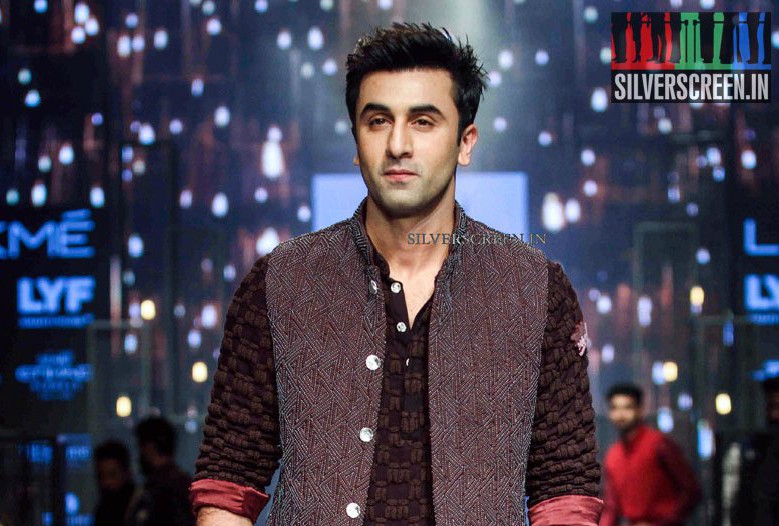Marriage Story is as much about marriage as it is about stories. The film opens with the two protagonists telling us their version of a part of the story. It sounds like the opening of a love story. She is clumsy but loves to play. He picks up after her and is a great dad. Yet when the reading is over, you realise these are possibly the only nice things these two people will be saying to each other and other people, about their marriage. They have written these things to read to each other ahead of the separation (but don’t read it). Parts of Marriage Story have Woody Allen-esque vibe. The film opens with old-worldly music and Scar Jo looking lost on stage. (She looks just as lost in Vicky Cristina Barcelona, but here she’s carrying the weight of a marriage in which she does not feel seen).
Noah Baumbach, the director, has rubbished murmurs that the film is autobiographical and is based on his divorce (with Jennifer Jason Leigh). He also said that he showed Leigh the movie and it has her blessings. These murmurs make the film interesting, only because of the way the story and the stories within this story are told.
Marriage Story makes all the right noises about the woman (Scarlet Johanssen as Nicole), and her feeling un-seen and becoming invisible in the marriage. And yet, it feels like it is constantly making you want to pick a side, and preferably the man’s — Adam Driver as Charlie. The lawyer who represents Nicole (Laura Dern as Nora Fanshaw who mouths some of the best lines in the film; sample this “his genius was an intangible asset built during the marriage”), explains this in a meta speech in the film. About how the Judeo-Christian institution lets the guy off the hook no matter how sloppy (because God is the father and he isn’t around here anyway), but the mother can be no less than divine (she gives birth as a virgin and holds her dead son’s body…) Is this why I found myself feeling a bit more sympathetic to him? It could also be because we hear her speech about him and why she likes him twice. At the beginning, and the end.
Nora also breaks the marriage’s failure down with the clarity only an outsider whose feelings aren’t involved can in one negotiation scene. She confronts Charlie about how he calls something a ‘deal’ between the couple when it is something he wants, and a ‘discussion’ when it is something she wants.
For Charlie, the divorce and Nicole’s insistence of keeping their son in LA (whereas they’ve lived their entire marriage in NY) is a battle, he must win. Nicole insists she’s already lost because she wanted to be married. You have merged with your selfishness so much that you can no longer identify it as selfishness, she screams in the film’s big climactic scene that showcases a showdown between the two actors. It’s just them inside a room, finally, saying the kind of things that are said only in marriages. Good, bad, dead or alive.
Marriage is a kind of story, the film suggests. When it works, we tell it one way and when it doesn’t we tell it our way. Lawyers who work on divorce will agree that once the marriage ends, the narrative is important. That’s what Nicole and Charlie’s lawyers set out to do as well. Whose will we buy?
From the quirky haircuts Nicole gives them all, to some of the scenes in the film (like the one where the court-appointed observer Nancy Katz — a superbly deadpan Martha Kelly, comes to see father and son or the Earth mother shooting scene in LA with a flirty grip), there’s an indie verve to many parts of the film. But what elevates Marriage Story truly — apart from the performances that feel lived in — is the weight of heartbreak. It is not all fluff and quirk. While it’s a great ‘talking’ film, that has good old fashioned well-written conversations, there’s also a lot happening outside. Doors closing between people. Photographs replaced in frames. An ex-husband dressing up as a ghost at Halloween. An uncontrollably weepy Nicole goes to bed, seconds after telling Charlie she cannot cry… on stage.
Marriage Story is an interesting movie that arrives looking like a classic. It’s an instant classic, no doubt because it combines meticulous art with heartbreak. Is it a real classic? I can’t make up my mind yet.



